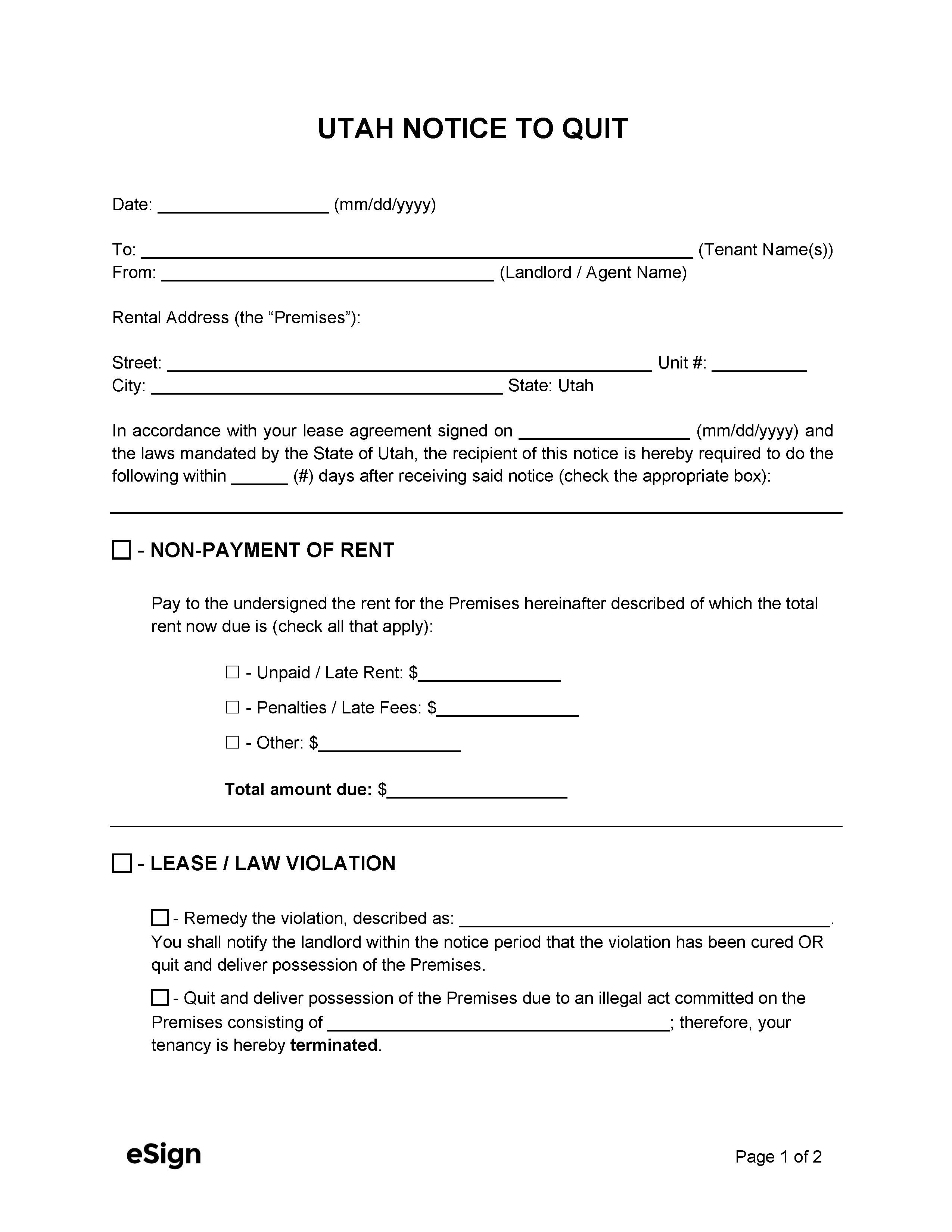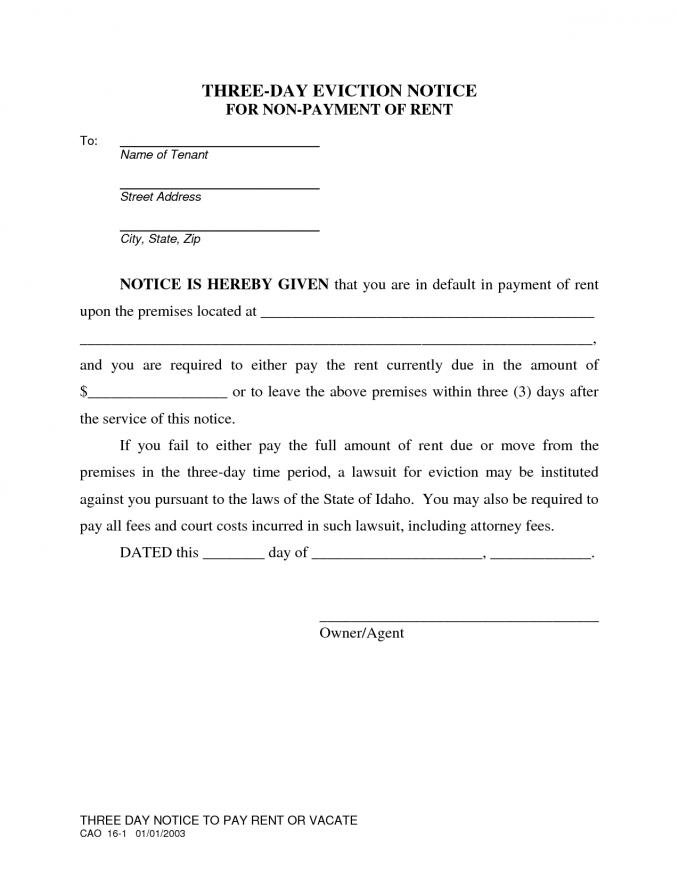

Instead, the landlord must request legal intervention by filing an unlawful detainer complaint and/or potentially going to trial.Ī commercial landlord must also give a commercial tenant notice and three full days to remedy an issue before they can file an unlawful detainer complaint. For example, a landlord cannot forcibly remove a tenant by changing the locks or removing personal property from a rented space. Hence, the landlord’s need for court intervention.Ĭommercial landlords in California are forbidden from taking certain actions against commercial tenants. It should be noted that it is illegal for a landlord to forcefully evict a tenant in the state of California. Should the tenant refuse to leave after five full days have passed, the landlord must ask a court to intervene by taking the tenant to trial. Once they have received the Summons, the tenant will have five days to vacate the property.
Allow tenant to vacate: If the landlord succeeds in evicting the tenant, then the tenant will be served a Summons. Filing an unlawful detainer complaint initiates eviction proceedings. File a complaint: If the tenant has not remedied the situation after three full days, then the landlord should file an “ unlawful detainer ” complaint. This gives the tenant an opportunity to fix the issue before they are forced to vacate the premises. Wait Three days: After the landlord has served the tenant a 3-day eviction notice, the landlord must wait a full three days before they can evict them. The notice must contain the name of the person in violation, the monetary amount due (if any), and a statement regarding forfeiture of the lease if the tenant fails to comply. Provide notice: First, the landlord must provide the commercial tenant with a “3-day notice.” This is a special legal document that states the landlord will take legal action if the tenant does not remedy the issue or lease violation within three days. In general, the commercial eviction process in California requires a commercial landlord to complete the following steps: What are the Steps for Tenant Eviction in California? This also means that a commercial tenant cannot withhold rent to force a landlord to make repairs. Therefore, if the roof leaks or a window breaks and the commercial lease says nothing about repairs, then it is up to the commercial tenant to fix the problem. Since commercial real estate is not considered a dwelling, commercial landlords do not have to abide by this legal principle. This warranty requires a landlord to maintain suitable living conditions. One final important distinction to keep in mind about commercial leases is that unlike residential leases, the implied warranty of habitability does not apply to commercial leases. For instance, if a particular property is not licensed to sell alcohol and the tenant does not obtain a liquor license, then the landlord may evict them for selling alcohol on the premises. This can mean anything from altering the property or using the property in a way that is not permitted by the lease. In California, a landlord may also evict a commercial tenant if they breach a condition of the lease agreement. Once an eviction notice is issued, a business will only have three days to correct a violation. According to California state law, even if a commercial tenant pays half the rent, the landlord can keep the payment and still legally evict them. This is especially true if the tenant has entered into a commercial lease agreement in California. The covenant to pay rent supersedes all lease terms as a commercial tenant. Thus, it is much easier for a landlord to evict a commercial tenant than a residential tenant. On the other hand, leases for residential tenants must conform to California state laws and leave little opportunity for negotiations.Īs discussed above, commercial tenants are not afforded ample legal protections or rights when it comes to renting commercial real estate and leases. This is because California commercial lease law is centered on contract principles and the notion of equal bargaining power when renting to commercial tenants. Thus, they are often afforded fewer legal protections and rights than residential tenants.įor example, unlike residential tenants, California commercial lease law permits commercial tenants to negotiate the terms of a lease with a landlord. Since commercial tenants tend to be businesses and organizations, they are seen as being savvier and more sophisticated than residential tenants in the eyes of the law. For instance, a commercial tenant rents property, such as office space, malls, and restaurants, whereas residential tenants primarily rent apartments and houses. 
This is in contrast to residential tenants who rent places to live.

Commercial tenants are renters who use property or real estate specifically for business or commercial purposes.







 0 kommentar(er)
0 kommentar(er)
